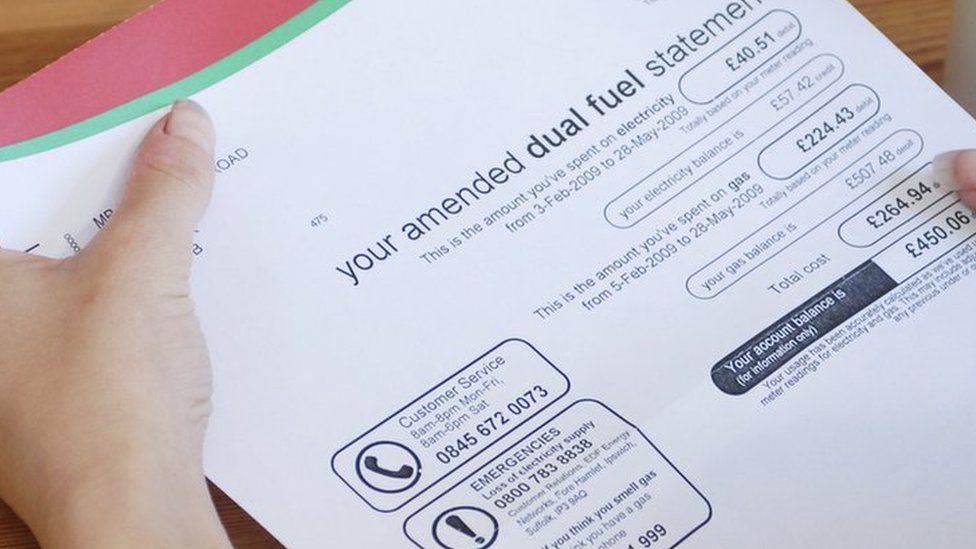While Universal Credit aims to simplify the welfare system, managing its impact on energy assistance reveals a complex landscape. I've observed how this consolidation effort has both streamlined and muddied the waters for those in need.

Through my analysis, challenges emerge, particularly in how effectively it supports vulnerable populations with their energy needs. The intricacies of these findings suggest a broader discussion is necessary—a conversation that not only dissects the current state but also explores the future implications of such policies.
Join me as we unpack these observations, universal credit gas and electric shedding light on an issue that affects many yet remains underexplored.
Key Takeaways
- Universal Credit adapts to individual needs, aiding in energy cost management. Energy assistance programs require policy updates for better accessibility. Effective communication is critical for improving program delivery and support. Collaboration enhances the impact of support on vulnerable populations.
Understanding Universal Credit
Universal Credit is a financial support system designed to help individuals and families with low income or who are out of work in the UK. It's a lifeline for many, offering a sense of security and belonging in times of need. Understanding its eligibility criteria is important for accessing this support. Generally, you must be on a low income or unemployed, but the specifics electric help can vary, making it essential to check if you fit into these categories.
Payment adjustments are another key area of Universal Credit that I've come to appreciate. These adjustments guarantee that if my situation changes, so does my financial support. Whether it's a change in earnings, family size, or housing situation, Universal Credit adapts. This flexibility is reassuring, as it means I'm less likely to find myself struggling without support due to changes in my circumstances.
Exploring Universal Credit can seem intimidating, but understanding its core aspects – eligibility criteria and payment adjustments – has made a significant difference. It's more than just financial aid; it's a system that acknowledges and adapts to the complexities help with gas and electric on universal credit of individual situations, fostering a sense of belonging and support.
Energy Assistance Programs
In the midst of rising energy costs, energy assistance programs have become essential for many households struggling to keep their homes warm and lit. I've observed that understanding the eligibility criteria and application process is vital for anyone looking to benefit from these programs. Here's what I've learned:
Eligibility Criteria: Most energy assistance programs have specific requirements based on income, household size, and energy needs. It's important to know these details to see if you're eligible.
Application Process: Applying can seem intimidating, but it's usually straightforward. Gather necessary documents like income verification and recent energy bills before starting.
Support Services: Many programs offer additional services, such as energy audits or emergency assistance. These extras can make a significant difference in managing energy costs.
Deadlines and Renewals: Being aware of application deadlines and the renewal process guarantees continuous support without interruption.
For those of us looking for a way to manage our energy bills better, these programs offer a lifeline. It's about more than just financial assistance; it's about feeling secure in our homes and being part of a community that supports each other through tough times.
Observations and Challenges
Having explored the avenues for securing energy assistance, it's now important to address the hurdles and observations encountered by those accessing these programs. Throughout my investigation, I've noticed a significant need for policy adjustments to better align with the real-life situations of applicants. Many individuals have voiced their struggles with the complex application processes, pointing towards a gap between the intentions of these programs and their practical accessibility.
Community feedback has been instrumental in shedding light on these issues. The stories shared by many have highlighted not just the financial difficulties but also the emotional toll that energy insecurity takes on families and individuals. It's clear that while the foundation for support exists, the execution often lacks the flexibility and understanding needed to effectively serve those in need.
Additionally, I've observed that communication between agencies and applicants can be fraught with misunderstandings, leading to preventable delays in assistance. The call for more empathetic and clear communication channels is loud, underscoring the need for a shift in how these programs interact with their beneficiaries.
Future Implications
The future of energy assistance programs hinges on critical policy reforms that address current accessibility and communication hurdles. As we look forward, the policy evolution and technological integration into these programs will be paramount.
energy billsPolicy Evolution: We'll likely see policies evolve to become more inclusive, making sure that anyone who needs help can easily access it. This means simplifying application processes and removing unnecessary barriers that currently deter people from seeking assistance.
Technological Integration: Technology will play an essential role in streamlining the delivery of energy assistance. From online applications to real-time support, technology can make these programs more accessible to everyone.
Enhanced Communication Channels: Clear, concise communication is key. We'll need to leverage multiple platforms to reach out to those in need, making sure they're aware of the help available to them.

Community Involvement: It's about bringing communities together to support one another. By fostering a sense of belonging, we can encourage more people to come forward and seek the help they need.
Looking forward, it's clear that embracing these changes won't only improve the effectiveness of energy assistance programs but also make sure they're accessible to all who need them.
Conclusion
To sum up, I've noticed that Universal Credit greatly impacts individuals' access to energy assistance programs. While it aims to simplify benefits and support, challenges remain, particularly in ensuring timely and adequate gov help with gas and electric help for those in need.
Looking ahead, it's vital to address these hurdles to avoid exacerbating energy poverty. By refining the system and enhancing collaboration between Universal Credit and energy assistance initiatives, we can better support vulnerable households in maintaining essential services.